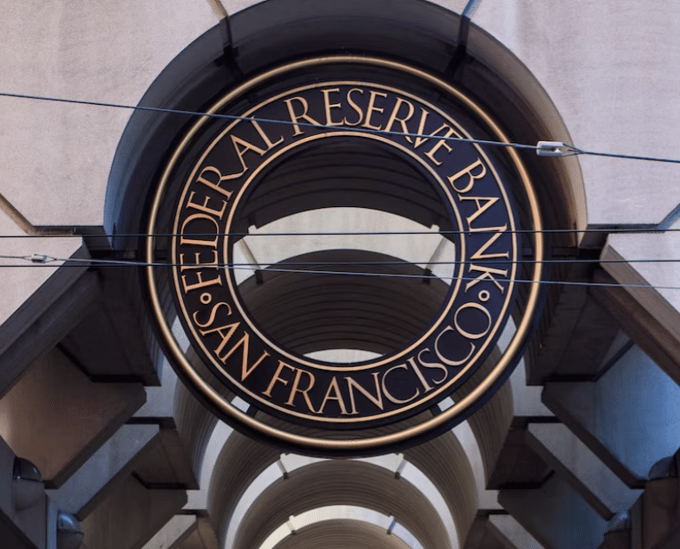
Bank Failures and Other Unintended Consequences
Silicon Valley Bank was one of the leading U.S. financial institutions with over $200 billion in assets. Last week, it went under because of a run on the bank that occurs when many depositors simultaneously withdraw their money, and the bank does not have the assets to meet its obligations. SVB was not the only failure, as Signature Bank also went belly-up. At least part of the problem began as the banks invested customer deposits in U.S. government bonds. While government bonds are risk-free when held to maturity, rising interest rates cause the mark-to-market value to decline. Early liquidation leads to losses, causing these banks to default.
Silicon Valley Bank was a leading institution supporting emerging small-cap technology businesses. The failure threatens funding for the current and future start-ups that become tomorrow’s technology innovators. After a very nervous weekend, the U.S. regulators and government stepped up to guarantee deposits. Still, the failures have left many investors fearing ongoing systemic risks caused by the sudden interest rate rise and regulators that fell asleep at the wheel.
The trajectory of Fed rate hikes
- Short-term rates rose from 0.125% in March 2022 to 4.625% in March 2023.
- Quantitative tightening at $95 billion monthly pushed rates higher along the yield curve.
- Higher rates=Lower bond prices.
- The Fed continued to say more rate hikes are “appropriate” as late as last week.
The consequences of higher rates
- Rising rates cause capital to flow from stocks to bonds.
- The leading stock market indices fell in 2022.
- After a slight correction, stocks moved lower over the past week.
- Higher rates cause the economy and innovation to slow as capital flows to fixed-income assets.
- Long-term investments in government bonds have mark-to-market losses in a falling bond market.
- Individual and business investment slows, leading to recessionary pressures.
A reactive central bank and government
- The Fed waited too long to increase rates in 2021, calling inflation “transitory” and blaming the economic condition on pandemic-related supply chain issues.
- The Fed’s current hawkish monetary path is a reaction to the highest inflation in decades.
- The Fed has been reactive as it is data-driven, and data is a snapshot of the past.
- Government policymakers are always concerned with systemic risks but have only established policy changes after adverse events.
Regulators were not proactive
- The 2008 financial crisis and failures led to stringent stress tests for U.S. financial institutions.
- The stress test failed in Silicon Valley Bank and Signature Bank’s cases as the regulators and the Federal Reserve Bank of San Francisco did not realize the risk of owning long-term U.S. government bonds and its impact on increased depositor demands.
- The regulators, like the Fed and government, are reactive, not proactive bodies.
Markets reflect the economic and geopolitical landscapes
- Rising rates may temper demand-side inflation, but they may not impact the economy’s supply side.
- The war in Ukraine and the bifurcation of the world’s nuclear powers impact global supplies, trade, and cross-border transactions and trade.
- The political division between the administration and the House of Representatives, and within the voting public has caused a bifurcation of political agendas and gridlock in Washington, DC.
- Time will tell if the recent bank failures cause systemic risks and if the Fed continues its hawkish monetary policy, which could cause more unintended consequences.
- Regulators will react, but being proactive is another question that requires a significant agenda shift.
- Protect against and prepare for volatility in markets across all asset classes.
Thanks for reading, and stay tuned for the next edition of the Tradier Rundown!